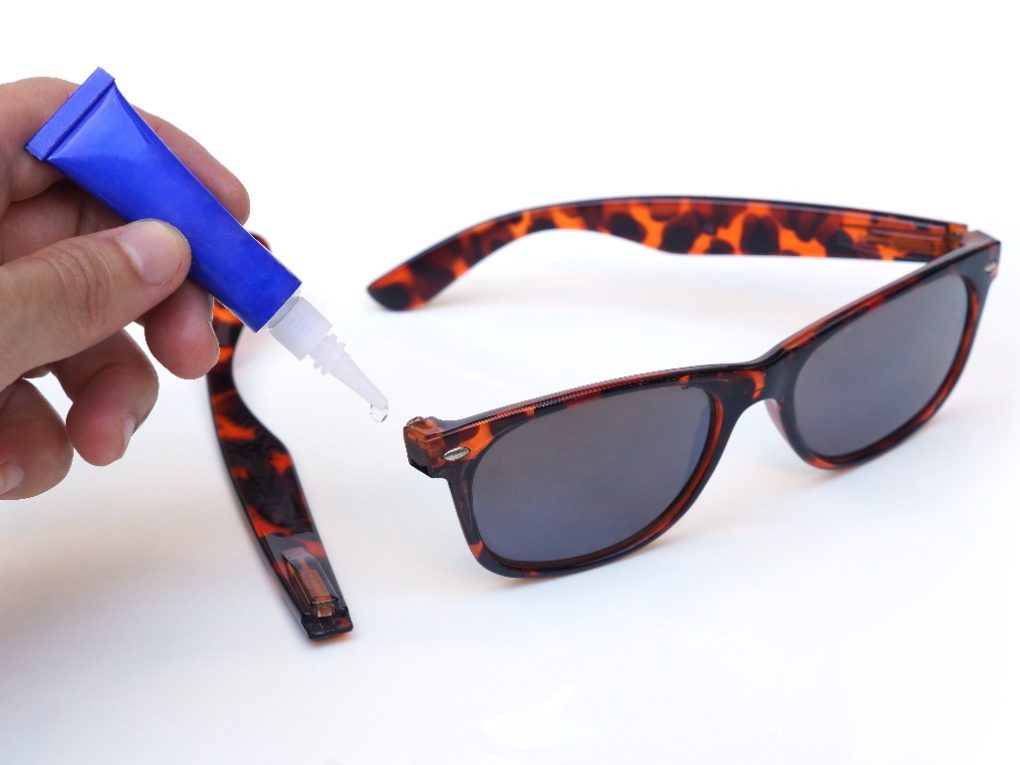Why Does Superglue Adhesive Bond to Skin: Understanding the Composition of Superglue
One of the reasons why superglue adhesives bond to the skin is their chemical composition. Superglue is made up of several chemicals that are designed to bond with surfaces. When these chemicals come into contact with the skin, they bond with the proteins and oils on the skin’s surface, creating a strong and durable bond.


Another reason why superglue adhesives bond to the skin is due to the moisture on the skin’s surface. The skin contains water and moisture, allowing the superglue to bond easily. Additionally, super glue has a high surface tension, which means it can form a strong bond with the skin by creating an almost vacuum-like seal.
How Super Glue Adhesives Bond to Skin
Super glue adhesives are commonly used for various applications, including household repairs, crafts, and medical procedures. However, these adhesives can bond to the skin, causing discomfort and potential health risks. Understanding how super glue adhesives bond to the skin can help prevent accidental skin contact and promote safe use.
Chemical Reactions Involved
The chemical reactions involved in super glue adhesion to the skin are complex and depend on the specific type of adhesive used. However, most superglue adhesives contain cyanoacrylate, a chemical that reacts with the moisture on the skin to form a strong bond.
When cyanoacrylate comes into contact with moisture, it polymerizes, creating a chain of molecules that bond to the skin’s surface. This process happens quickly so that superglue adhesives can bond to the skin within seconds.
Physical Mechanisms of Adhesion
The physical mechanisms of adhesion refer to the physical forces that cause the superglue adhesive to stick to the skin. Super glue adhesives have high surface tension, meaning they can create a vacuum-like seal with the skin. This allows the adhesive to cling to the skin’s surface and form a strong bond.
In addition, the presence of moisture on the skin can also contribute to the bonding process. For example, moisture can react with the chemicals in the adhesive, causing it to harden and form a durable bond with the skin.
Factors Affecting Bonding
Several factors can affect the bonding of superglue adhesives to the skin. First, as mentioned, one of the most important factors is the amount of moisture on the skin. The more moisture there is, the stronger the bond will be.
The temperature of the skin can also affect the bonding process. For example, warmer skin temperatures can cause the adhesive to bond more quickly, while colder skin temperatures can slow the bonding process.
The type of skin can also affect the bonding process. For example, oily or sweaty skin can make it more difficult for the adhesive to bond, while dry skin can make it easier for the adhesive to bond. However, if the skin is not properly cleaned and dried before applying superglue, oil can interfere with the adhesive’s ability to bond effectively.
Chemical Composition of Super Glue
Super glue, also known as cyanoacrylate adhesive, is a fast-drying adhesive widely used in various applications. It comprises several chemical compounds that create a strong bond between two surfaces.
The primary ingredient in super glue is cyanoacrylate, an acrylic resin derived from ethyl cyanoacrylate. This compound is a colorless liquid with a low viscosity and a strong, pungent odor.
It is highly reactive and polymerizes quickly in the presence of moisture, such as water vapor or a thin film of moisture on a surface. In addition to cyanoacrylate, super glue contains several stabilizers and thickeners that help control its viscosity and improve its performance. These include:
- Hydroquinone is a stabilizer that helps prevent cyanoacrylate from polymerizing too quickly.
- Acidic compounds: thickeners that help to increase the viscosity of the adhesive.
- Plasticizers: compounds that help improve the cured adhesive’s flexibility and toughness.
When superglue is applied to a surface, the cyanoacrylate reacts with the moisture present on the surface and polymerizes rapidly to form a strong bond. The reaction generates heat, which can cause the adhesive to dry and cure even faster.
It is important to note that superglue should be used cautiously, as it can quickly bond to the skin and other surfaces. If it comes into contact with the skin, it can cause irritation or burns. Therefore, wearing protective gloves when handling superglue is recommended to prevent accidental skin contact.
Health Risks and Precautions When Using Superglue
Potential Health Hazards
Super glue is generally considered safe for use on the skin, but there are some potential health hazards that users should be aware of. For example, glue can cause skin irritation, redness, and itching; in some cases, it may cause an allergic reaction.


If you experience any of these symptoms, it is important to remove the glue immediately and seek medical attention if necessary. Another potential hazard is that the glue can bond to other objects, such as clothing or hair. This can be painful and difficult to remove. In some cases, it may require cutting the affected area.
Precautions to Take
To minimize the risk of health hazards, taking certain precautions when using super glue is important. First, ensure the skin is clean and dry before handling the glue. This will help ensure a strong bond. In my experience, I always use gloves when working with super glue. It is also important to use glue sparingly.
Only apply a small amount of glue where needed. Using too much glue can increase the risk of skin contact and, thus, increase the chances of irritation and other health hazards. For example, if you experience skin irritation or an allergic reaction, remove the glue immediately and seek medical attention. Please do not attempt to remove the glue by pulling or tearing it off, as this can cause further damage to the skin.
